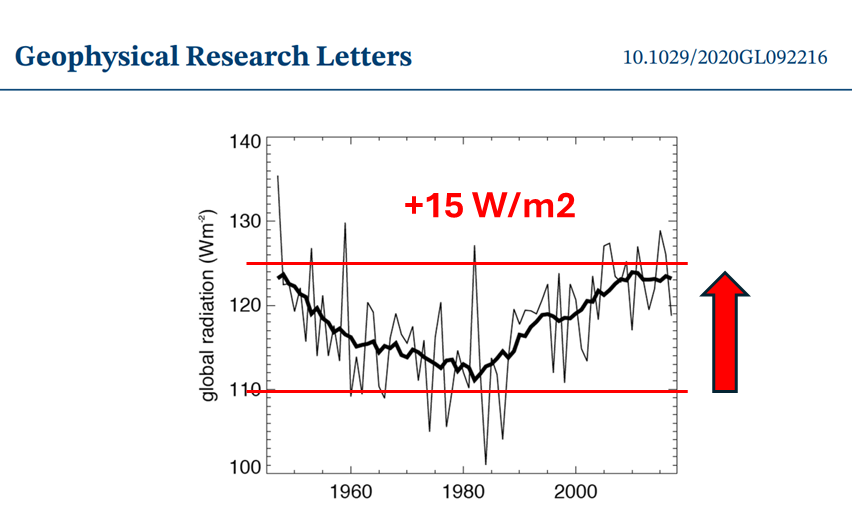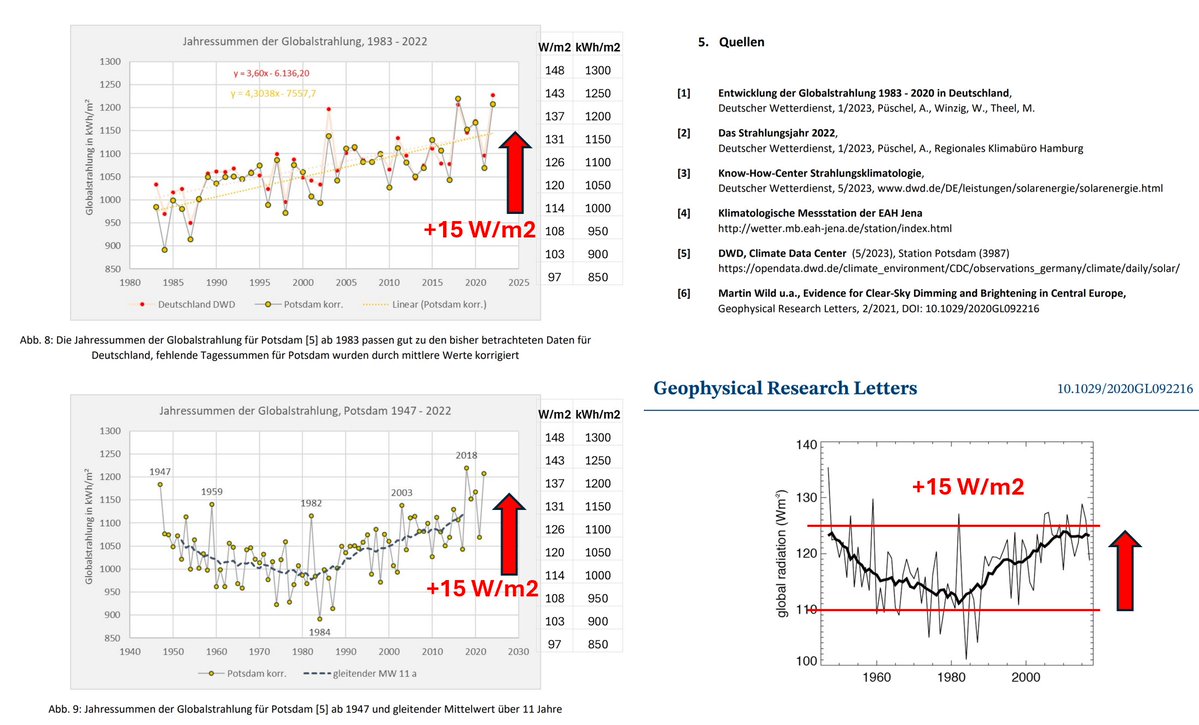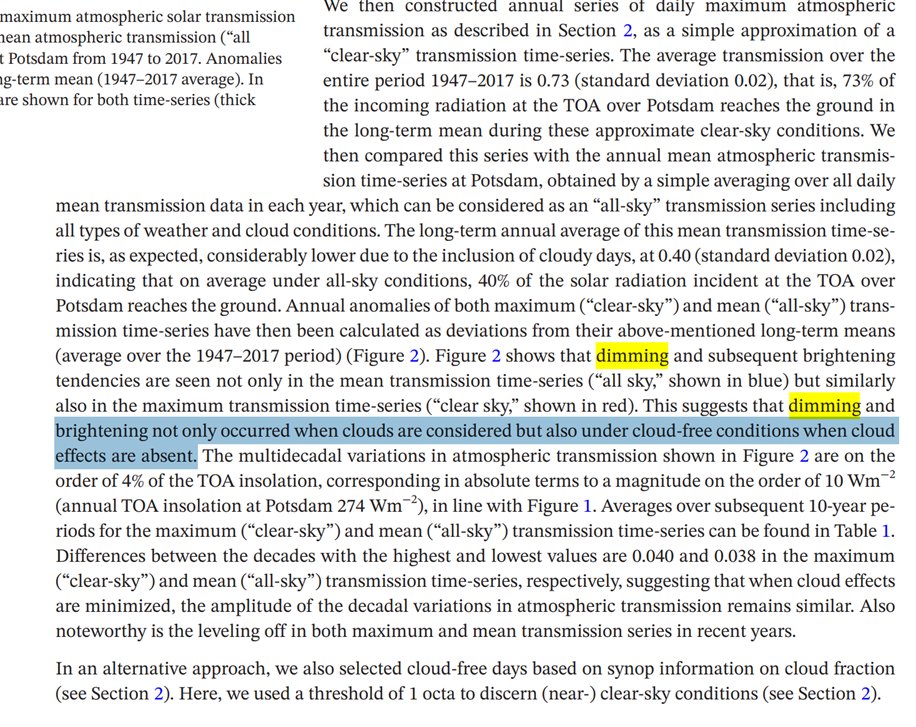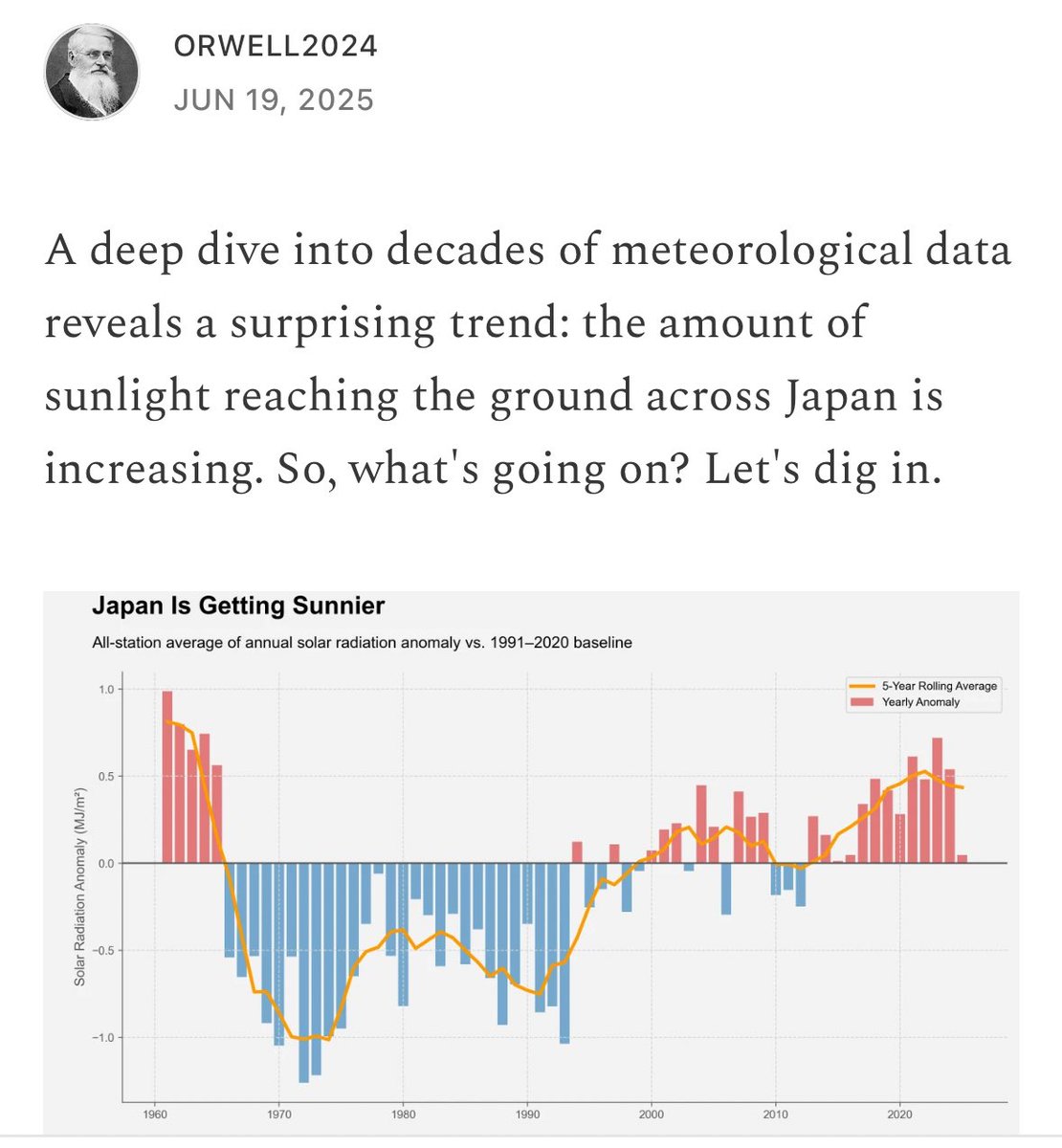1/ Expected rate of vaccinated in ICU.
(Correcting here the spotted mistake in the explanation part.)
Here is the formula explained. It depends on vaccination rate and vaccine efficiency.
The special case for 90% vaccinated is shown on the right as function of VE-ICU.
(Correcting here the spotted mistake in the explanation part.)
Here is the formula explained. It depends on vaccination rate and vaccine efficiency.
The special case for 90% vaccinated is shown on the right as function of VE-ICU.
https://twitter.com/Hubor4/status/1455163805428764676

2/ For Austria and NL where 90% of the at risk group is vaccinated we expect 30%-50% of the ICU patients to be vaccinated if assuming a VE-ICU of ~90%. 



3/ Let's show the results of the formula in 2D as function of
x) vaccination level
y) VE agains ICU
The resulting rate (calculation on right) of vaccinated in ICU is shown in the cell.
It can be used as look-up table to estimate (roughly) the VE.
x) vaccination level
y) VE agains ICU
The resulting rate (calculation on right) of vaccinated in ICU is shown in the cell.
It can be used as look-up table to estimate (roughly) the VE.

4/ Example The Netherlands: With around 90% vaccinated we expect something between 15%-50% vaccinated in ICU depending on the VE-ICU.
RIVM reported around 15% (right). In order for this to work with 90% vaccinated, VE-ICU needs to be above 95%.

RIVM reported around 15% (right). In order for this to work with 90% vaccinated, VE-ICU needs to be above 95%.


5/ VE look up example using UK PHE report week 43
assets.publishing.service.gov.uk/government/upl…
using the data from Table 5:
We look up the expected VE-emergency-care for 4 different age groups with different vaccination levels and resulting emergency care rates.
Result: VE ~ 96% in each case.
assets.publishing.service.gov.uk/government/upl…
using the data from Table 5:
We look up the expected VE-emergency-care for 4 different age groups with different vaccination levels and resulting emergency care rates.
Result: VE ~ 96% in each case.

@mr_Smith_Econ
@OS51388957
@RanIsraeli
@dimgrr
@profnfenton
@prof_shahar
@MLevitt_NP2013
@MartinKulldorff
@DrJBhattacharya
@stkirsch
@Humble_Analysis
Original scientist higlighting this: Prof. Dieter Suess. (FB post on Aug. 10th. de-de.facebook.com/public/Dieter-…)
@OS51388957
@RanIsraeli
@dimgrr
@profnfenton
@prof_shahar
@MLevitt_NP2013
@MartinKulldorff
@DrJBhattacharya
@stkirsch
@Humble_Analysis
Original scientist higlighting this: Prof. Dieter Suess. (FB post on Aug. 10th. de-de.facebook.com/public/Dieter-…)
6/ Discussion: The relative number of vaxxed-patients in ICU is irrelevant (increasing with vax level).
Only the absolute total reduction of ICU patiens matters (shown below).
1-(𝑟_𝑣𝑎𝑥∙(1−𝑉𝐸_𝐼𝐶𝑈)+𝑟_𝑢𝑛𝑣𝑎𝑥)
Here we have >90% reduction! Nothing more to gain.
Only the absolute total reduction of ICU patiens matters (shown below).
1-(𝑟_𝑣𝑎𝑥∙(1−𝑉𝐸_𝐼𝐶𝑈)+𝑟_𝑢𝑛𝑣𝑎𝑥)
Here we have >90% reduction! Nothing more to gain.

7/ Another way to look to the same data:
VE-ICU as function of % vaccinated in ICU. Each line for a different vaccination level.
public.tableau.com/app/profile/or…
VE-ICU as function of % vaccinated in ICU. Each line for a different vaccination level.
public.tableau.com/app/profile/or…

8/ Use example: estimate VE-ICU based on latest numbers "percent vaccinated in ICU" from NL (from @BertMulderCWZ ). 

9/ Here the link to the article by Prof. Suess in @KURIERat today
https://twitter.com/orwell2022/status/1455430986586542086
10/ Assuming March as the date where most elderly were fully vaccinated in NL, I compared the derived NL VE versus (time) with the Swedish study on waning efficiency.
Result assuming AUG ~ day 150.
https://twitter.com/orwell2022/status/1453697167923859461?s=20
Result assuming AUG ~ day 150.

• • •
Missing some Tweet in this thread? You can try to
force a refresh























